Day 3’s most anticipated match on paper, a men’s doubles between Korea and China, lived up to expectations and kept spectators in their seats until closing time.
By Aaron Wong. Photos: Badmintonphoto (live)
Mocking Seeding
The massive appeal of the match of the day between Korea’s Yoo Yeon Seong / Kim Sa Rang and China’s Fu Haifeng / Zhang Nan stems from three levels of attempting to figure things out. No one on or off court could have characterised prior how play would transpire, which is rarely the case amongst the top men’s doubles because many have remained in their pairings for years or over a decade in the case of London Olympic champion Fu.
But, here were two fresh pairs where all four men are proven quantities in doubles of the highest order. Non-verbal communication not being second nature yet, each individual was still in the process of getting used to his partner.
Secondly, either side was also making sense of the abilities and weaknesses of those across net whom they have never tackled before in the present formation. And, in turn, spectators were also appreciating all this problem-solving at work on court.
All these ingredients made for scintillating and unpredictable badminton. Fu/Zhang, who have been teamed since the Malaysian Superseries this January, eventually triumphed over Yoo/Kim, whose second career international match together this was, which incidentally refocuses attention again as to why the Koreans were seeded, in contrast to the Chinese being made to start via the qualifying rounds. After more than an hour of play, it finally ended 27-25, 19-21, 21-15 in the Chinese favour.
Total: 3 hours and 14 minutes
Now is the most exciting era of women’s singles badminton. While China’s stalwarts like Wang Yihan (pictured) continue to add to their collections of titles, it is, at the same time, easy to do a roll-call of non-Chinese players of various nations who are creating upsets or to point to recent historic matches like Korea’s 2010 Uber Cup victory and Ratchanok Intanon of Thailand becoming World Champion last year.
Instead of singular examples, what really cements the truth is evidence of the top three players in the world, all representing China, needing to spend in excess of three hours in total on court before the quarter-final stage, against players from other nations — unheard of at the start of the millennium.
Further proof of the challenge to China’s dominance in this discipline is that the three non-Chinese in question, Japan’s Sayaka Takahashi and Shizuka Uchida (pictured above) as well as Thailand’s Nitchaon Jindapon have yet to penetrate the top ten rankings. Only a decade ago a world #1 could hand out a doughnut game (i.e. 11-0) to a world #2.
How far things have progressed indeed! Presently, the standard of the top twenty ladies is high across the board, unlike in the era before the rally point scoring system was introduced, where there was an exclusive top 5 echelon followed by the remainder of the top 10, who themselves were untouchable by the rest.
Look beyond the mere fact of the Chinese progressing onto Day 4 to be able to understand the subtler aspects of the kind of progress being made in women’s singles. The match involving Takahashi and world #2 Wang Shixian took the most time at 74 minutes in this their second meeting. The Japanese has the merit of taking her former world #1 and recent All England champion adversary twice to three games and is keeping them on court longer and longer.
World #1 Li Xuerui against Nitchaon Jindapon (pictured) also went into the decider – as did Uchida vs. Wang Yihan – and it is significant that neither Uchida nor the Thai is the highest ranked player for her country. Another noteworthy aspect is that the difference in physiques, with Jindapon in particular being much shorter, has not prevented her onslaughts from stinging. A smaller woman adroit enough to test taller and physically stronger opponents is not a distinction unique to World Champion Intanon.
Click here for complete results from Day 3
![INDIA OPEN 2014 R16 – Saving the best for last Day 3’s most anticipated match on paper, a men’s doubles between Korea and China, lived up to expectations and kept spectators in their seats until closing time. By Aaron Wong. […]](http://www.badzine.net/wp-content/uploads/sayaka-takahashi-13-jpn-yl-canadaopen2011.jpg)
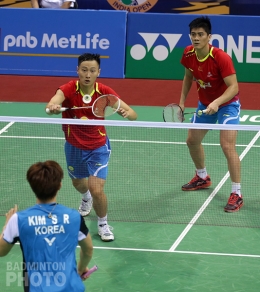
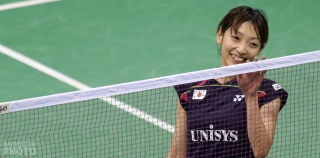
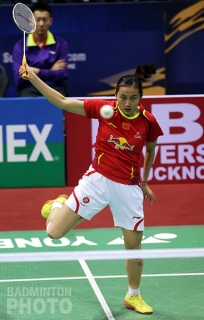
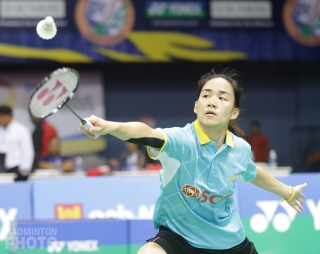

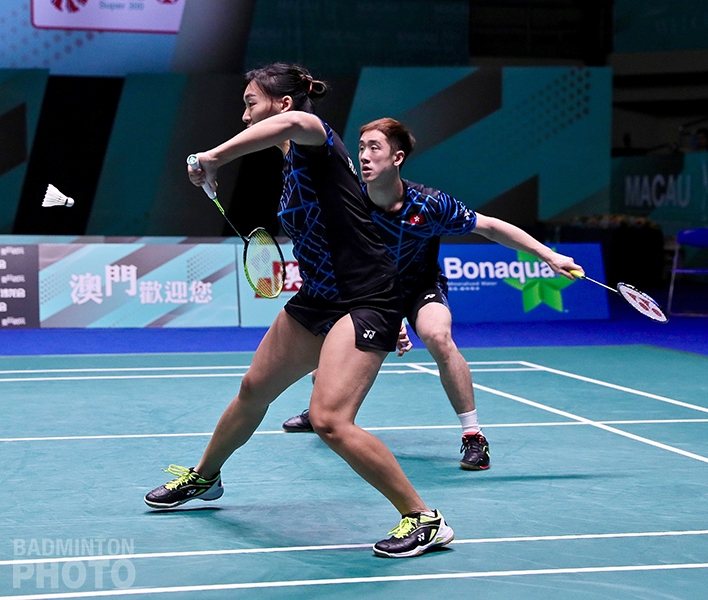
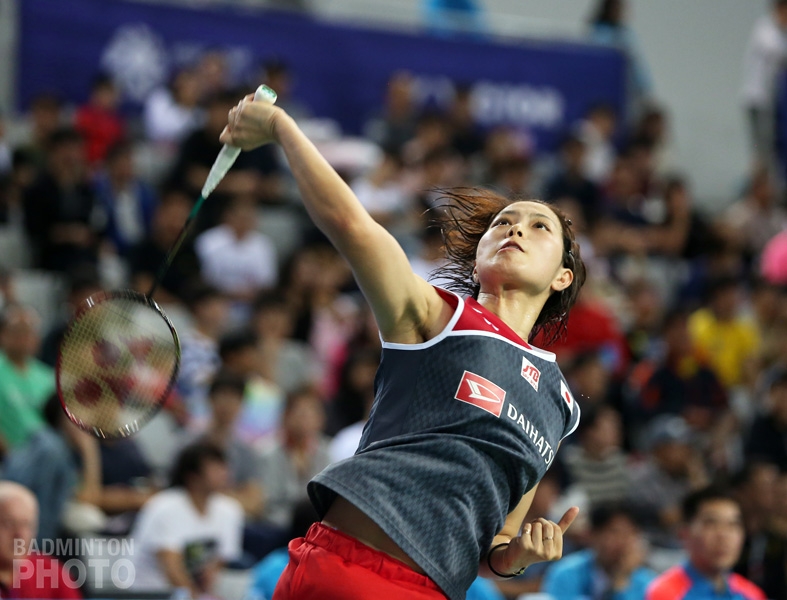
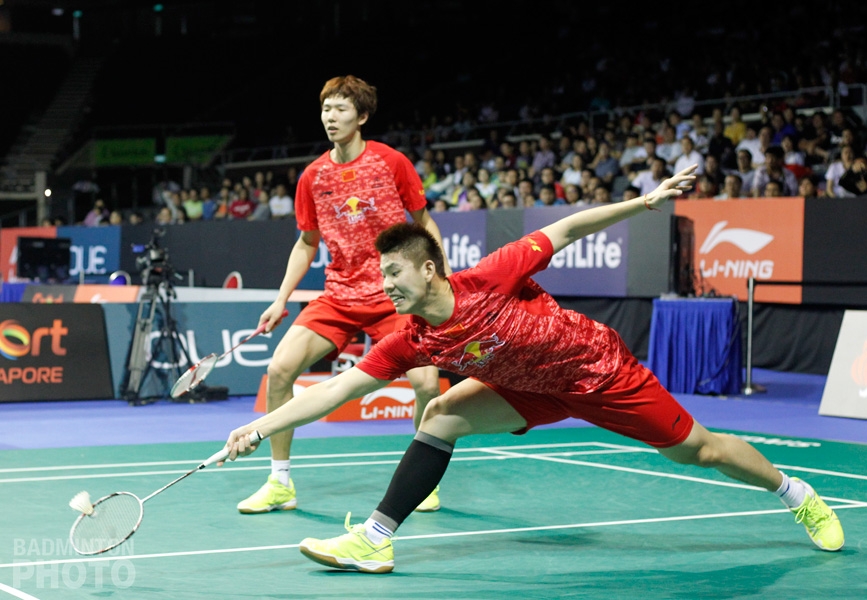
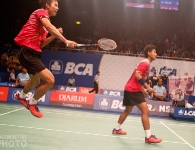
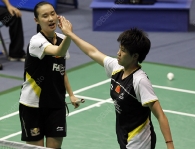
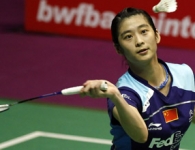
Leave a Reply